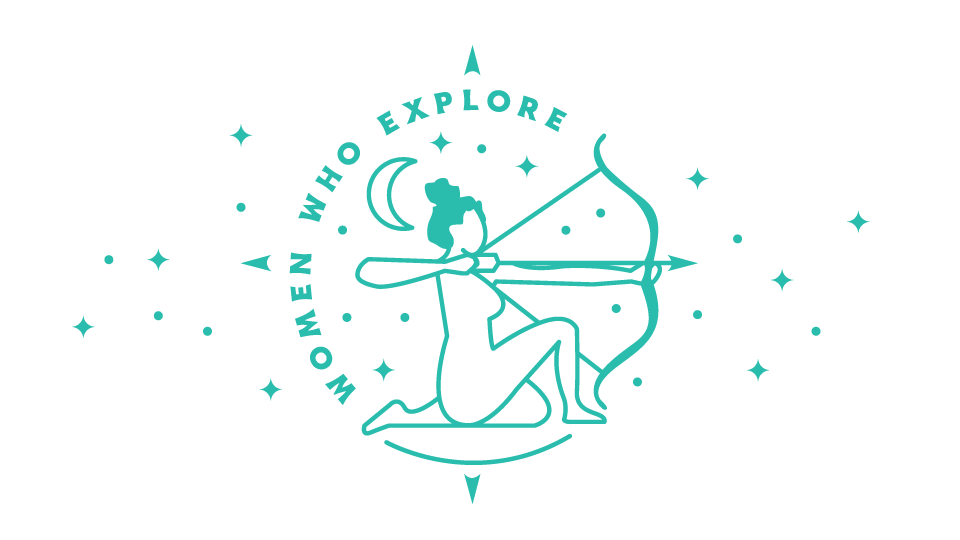Offerings
Imagine this. You have just climbed hours on a steep trail to rest on a mountain pass at 15,190 feet of elevation. You have shed your pack and are sitting on a rock, bone-weary but thankful and full of emotion, as you gaze at a snow-covered mountain that rises above you another 5,000 feet. You offer three cocoa leaves to the mountain and to mother nature. As you place the offering on the ground at your feet, you hear the grumbling and shaking of snow. The sound is unmistakable. You look up to see snow sliding down the western slope of the majestic mountain. You are at a safe distance, but the power of nature is evident. And you know in that moment, as silent tears of joy stream down your face, that that the mountain is as full of gratitude for your presence as you are for it.
Close your eyes. Imagine it.
Peru is broken up into three geographic sections: the coast, the Andes, and the Amazonia. In October of 2023, I was part of a group of 24 women and three guides that set off to complete what would be a 54- mile trek that began in the Andes and ended in the Amazon at the base of Machu Picchu. The trek’s namesake is the Salkantay mountain. “Salka” comes from the word “sallqua” meaning “savage, wild, inaccessible”. It is a mountain that has been respected since the time of the Incans.
The Incans, native to the areas extending from modern day southern Columbia to southern Chile, were a religious people who celebrated many gods that were rooted in Nature. Although Catholicism was introduced by the Spanish in the 1500s and is still practiced widely in Peru, many locals have held onto the beliefs and practices of the Incans.
Our guide, Edwin, shared a part of the Incan religion during our lunch break at the top of the Salkantay pass. In the Incan religion, Edwin explains, they have the Sun, the Mountain and Pachamama. The Sun gives light and life. The Mountain, or Apus, gives water and protection. Pachamama, the female deity of fertility, gives food and cocoa. Cocoa was very sacred to the Incan people as it was used to treat many types of ailments and used as religious offerings. Three coca leaves were used as gifts to their gods to represent the spiritual world, the living world, and world of the dead.
Those that still practice Incan traditions do not utilize churches or temples. Instead, they go close to nature to say thank you and place offerings, often still using three cocoa leaves as their ancestors did. They use this time to connect with nature, leave troubles behind, or initiate a life change. It gives peace and energy.
These offerings are also used to ask permission from nature for a long trek. For instance, a person may ask the mountain permission to climb it. If the mountain accepts them, they can proceed without difficulty. We often saw evidence of this during our trek in the form of large mounds of rocks with cocoa leaves or candies on top.
So, after our long trek to the top of the Salkantay pass and after hearing about the connection with nature that the local people of this area have had for a thousand years, it was my great honor to present my three cocoa leaves to leave the mountain, the protector, the Apus. And I was rewarded with, what I interpret as, a response that said, “Don’t come any closer, but I see you and I’m happy you are here.” And my reply, through heartfelt tears, was “Ditto”.
Women Who Explore is hosting another Salkantay Trek in May 2025. Click below if you’re interested in learning more!
Amanda Lane: Northern Colorado Ambassador and Trip Host
Amanda Lane is originally from the St. Louis and Kansas City areas, where she was introduced to outdoor adventures and family road trips from a young age. She moved to the Northern Colorado area in the late 90s, which provided a gorgeous backyard playground comprising Utah, Colorado, and Wyoming. She enjoys a variety of outdoor activities including downhill mountain biking, canyoneering, backpacking, cross country skiing, and scuba diving.
Amanda has been a Women Who Explore ambassador since 2019 where she has led a variety of events from whitewater rafting to backcountry skiing. She will be an official "empty nester" in 2023, so she is looking forward to leading more international trips and sharing her love of adventure in a supportive and inclusive community!







